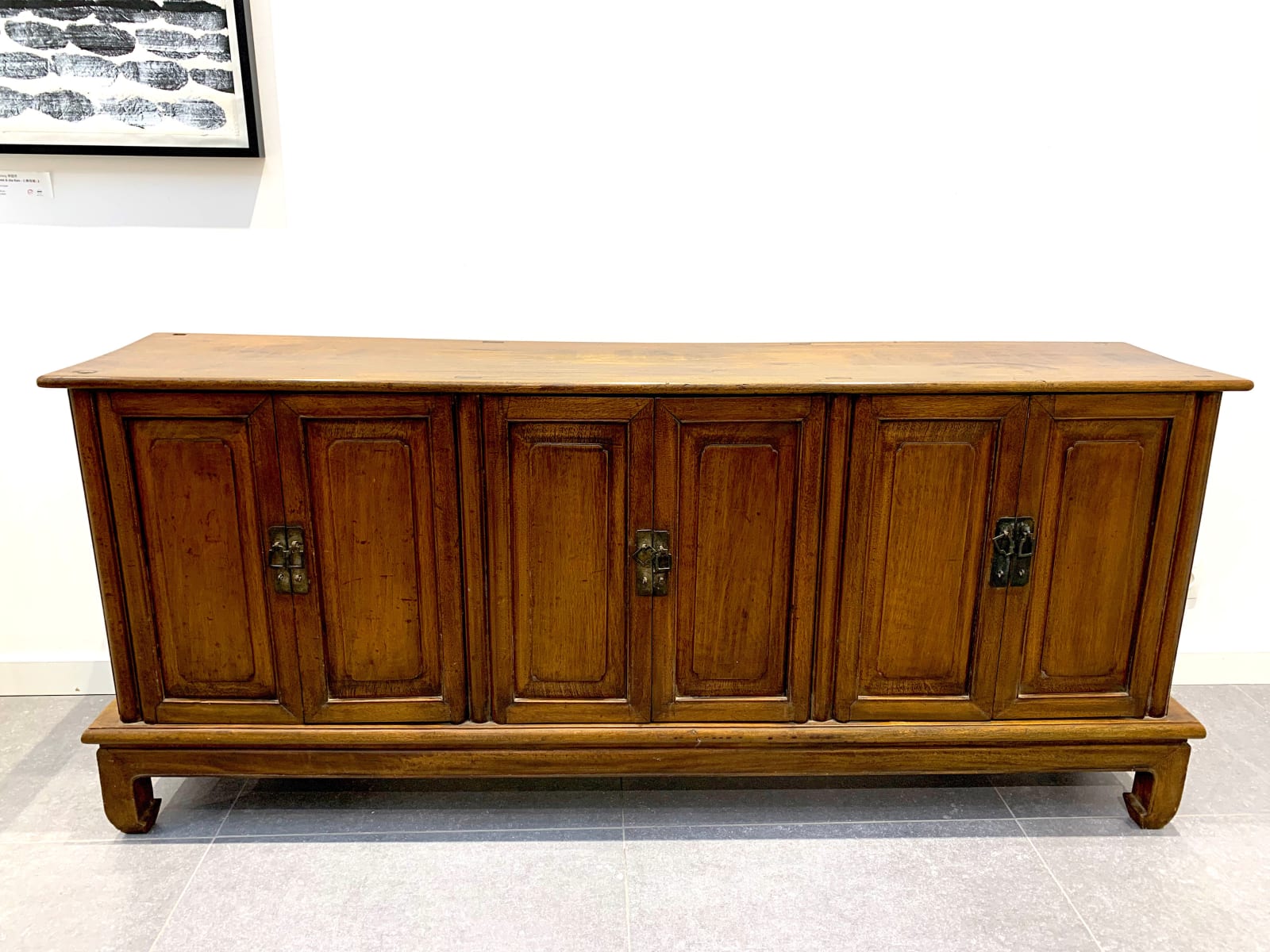Chinese Antiques 中国古董
Chinese antique bedside cabinet 中国清代古董家具榆木床头柜, Late Qing Dynasty 19th century
Origin: China
Elm
Elm
68 x 157 x 33 cm
26 3/4 x 61 3/4 x 13 in
26 3/4 x 61 3/4 x 13 in
Unque Piece, Sell in a pair of two
• Certificate of Authenticity issued from an antique member of the Royal Guild of Flemish Antique Dealers (KGVA) for a mark of unquestionable quality
• Original Belgian Private Collection
• Free Worldwide Art Shipping (DDU)
• Professional Art Packing
• Full Insurance & Gallery Guarantee
• Certificate of Authenticity by Artist & Gallery
• Enquire a Welcome Offer for your 1st Collection
• Original Belgian Private Collection
• Free Worldwide Art Shipping (DDU)
• Professional Art Packing
• Full Insurance & Gallery Guarantee
• Certificate of Authenticity by Artist & Gallery
• Enquire a Welcome Offer for your 1st Collection
Further images
China's top antique furniture was made in the last two dynasties of Ming Dynasty (1368-1644) and Qing Dynasty (1644-1912) furniture, using Hall or Chamber Furniture to highlight the reasons for...
China's top antique furniture was made in the last two dynasties of Ming Dynasty (1368-1644) and Qing Dynasty (1644-1912) furniture, using Hall or Chamber Furniture to highlight the reasons for changes in the general style and materials used.
The main similarity over the two dynasties was the superb craftsmanship. Also, the best wood available was always used, regardless of future consequences for the environment. Because the best timber was used by the best craftsman, pieces from these eras survived the test of time and are still desirable today.
In the later Qing Era furniture was bigger in size. With greatness, pomp, and almost gaudy embellishments, carvings are elaborate and featured fashionable openwork.
This beautiful Chinese antique bedside furniture is composed into 3 different cabinets, each can be opened separately.
In the two cabinets at the side, there are one inner drawer inside of each.
Dovetailing was another method used to join wood (imagine interlocking fingers). Nowadays both joints are still used on quality furnishings. The importance of these joints are that they are simple, strong and because of the perfect fit with no glue needed, the wood can expand and contract according to humidity.
The main similarity over the two dynasties was the superb craftsmanship. Also, the best wood available was always used, regardless of future consequences for the environment. Because the best timber was used by the best craftsman, pieces from these eras survived the test of time and are still desirable today.
In the later Qing Era furniture was bigger in size. With greatness, pomp, and almost gaudy embellishments, carvings are elaborate and featured fashionable openwork.
This beautiful Chinese antique bedside furniture is composed into 3 different cabinets, each can be opened separately.
In the two cabinets at the side, there are one inner drawer inside of each.
Dovetailing was another method used to join wood (imagine interlocking fingers). Nowadays both joints are still used on quality furnishings. The importance of these joints are that they are simple, strong and because of the perfect fit with no glue needed, the wood can expand and contract according to humidity.
Exposities
Sep 2022 "Asian Antiques" exhibition, ArtYī gallery, Brussels, Belgium1
van
3
Welcome Offer for your 1st Art
• Get Membership offer for your 1st Collection !
• Free Global Art Shipping
• First access to our New Arts & Exhibitions
• VIP Entry for our Vernigssages & Art fairs
* denotes required fields
We will process the personal data you have supplied in accordance with our privacy policy (available on request). You can unsubscribe or change your preferences at any time by clicking the link in our emails.






